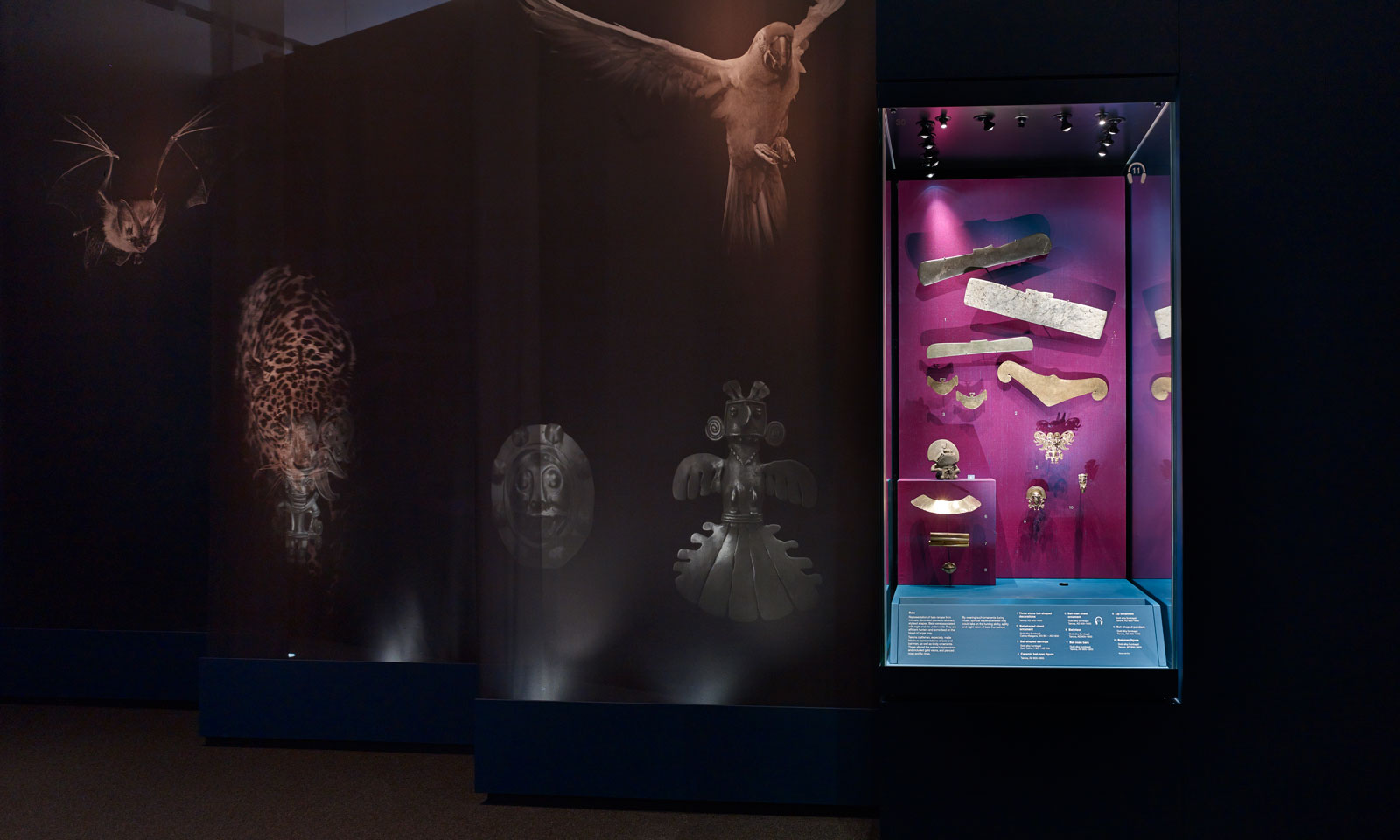
Designing with light
Monthly Column By Pippa Nissen
In my book, light is one of the greatest design tools we have. In our exhibition design projects, we try to use light emotionally, rather than simply technically, to direct and determine visitor journeys, considering lighting’s role in highlighting, washing and grazing and its application via lightboxes, bespoke fittings and for wayfinding. We enjoy working with lighting designers from concept stages to ensure ideas about lighting are integral. We try and avoid people seeing fittings, but think about light instead as a source that draws people’s eye to elements we want them to see or creates an atmosphere that makes visitors more open and perceptive to ideas we’re trying to communicate, especially as they’re often quite complex. The right setting makes it easier for people to empathise and absorb information.
Lighting enables transformation, whether a space is for exhibitions, where we’re explicitly talking about stories, or for architecture or interiors projects, where we want people to feel differently at different moments. For example, for a bar, where the morning feels different from lunch or from a night-time playful moment. We can scene-set throughout, to change gradually from cooler and mainly daylit lighting to an artificial and colourfully-lit night-time vibe. Hidden light sources enable this, as does grazing through opaque panels, using lightboxes with gels to add colour, or though LED linear tapes or bars – hidden from view but washing subtly across a surface.
In ‘Beyond El Dorado’ at the British Museum, we used light on a slow timer to change gradually through time to tell a story. Objects included beautifully-crafted golden depictions of animals that, for the people they were made for, held mysterious powers of transformation. The objects were originally for holding powerful food substances that contributed to people having hallucinogenic experiences, believing they became animals themselves. We created showcases using shot silk, which could shift across two colours, and juxtaposed images printed onto curtains of voile with images of real animals. Over time, and almost imperceptibly slowly, the images of animals would appear or disappear, as voile appears totally transparent if lit from behind, or opaque and punchy if lit from the front. Just as in a theatre stage play, light can be choreographed to pinpoint detail and really play with our imaginations.
Pippa Nissen, Director at Nissen Richards Studio
Image ‘Beyond El Dorado’ at the British Museum. Photo Nick Rochowski.




